One-acre drip irrigation kits price depends on the crop type.
In Kenya, the cost of drip irrigation per acre for; one drip row per bed, two drip rows, and three drip rows per bed varies significantly.
So the drip irrigation system price by Grekkon Limited is as per the farmer’s crop choice.
The planting beds width is according to crop type. 0.8M wide beds are for 1 and 2 drip row crops. 1M wide beds are for 3 row drip crops, and 1.2M wide beds for 4 rows of drip lines. The smaller the crop in size, the more the drip irrigation tape rows, and the wider the bed
Components of One-Acre Drip Irrigation Kits
1. Drip pipe
16mm pipe with emitter spacing of either 15cm, 20cm or 30cm. This is what waters the crop, and is the last pipe installed. It is also the smallest in diameter
2. Main line
This is a PVC or HDPE pipe. It delivers the water to the farm either through the sub-main line or to the drip irrigation pipe. The main line is connected to the water source, and is the first line installed. It has the largest diameter of all pipes
3. Sub-main line this is a PVC or HDPE pipe
It is connected to the main line and receives water from it for delivery to the drip pipes. It has a smaller diameter than the main line, but larger than the drip pipe. The reason why it’s diameter is smaller than the main line is to sustain the water pressure. If it is of the same size or larger than the main line, then water pressure is lost, and irrigation is poor
4. Filter
This is a screen filter for gravity flow, and a disc or sand filter for high pressure flow. The sand filter works well with very dirty water
5. End-caps
They lock the end of the drip pipe, keeping the water in the pipe
6. Rubbers
They are installed between the main line or sub-mainline and the drip line to prevent water leakage
7. Connectors; starter connectors and off take connectors
They connect the drip line to the main or sub-main line
8. Tees
They connect 2 drip lines watering in opposite directions to the same water source
9. Elbows
They change the direction of the drip pipe
10. Valves; mini valves and ball valves
The former are directly connected to the drip pipe, the latter to the main and sub main line. These control the flow of water in the pipes
11. Venturi injector
Where fertigation (application of soluble fertiliser through the irrigation system) or pesticides drenching (application of agro-chemicals directly to the soil for uptake via the root system) as to be carried out. Our venturi injectors have inlet sizes of 1″, 3/4″ and 1/2′. The wider the diameter, the greater the flow rate. The choice of the venturi injector to have depends on the acreage. Larger acreages will have the larger size, and smaller farms the lesser ones. A venturi injector is either a manually operated system or automated
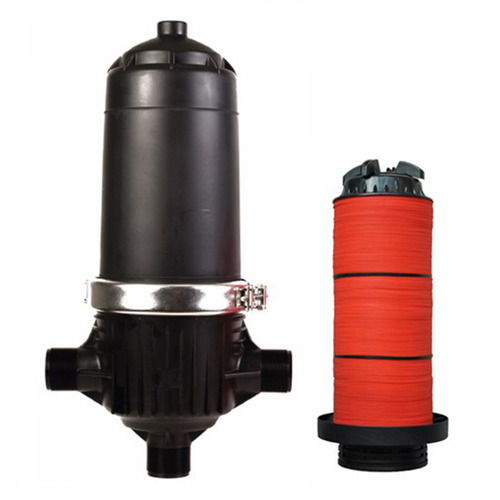
A screen filter for high pressure drip irrigation
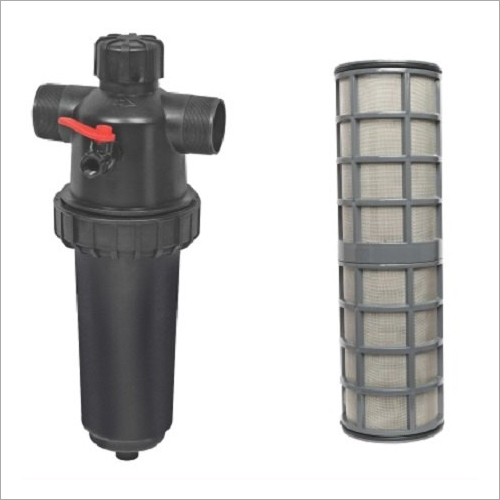
A screen filter for low pressure drip irrigation
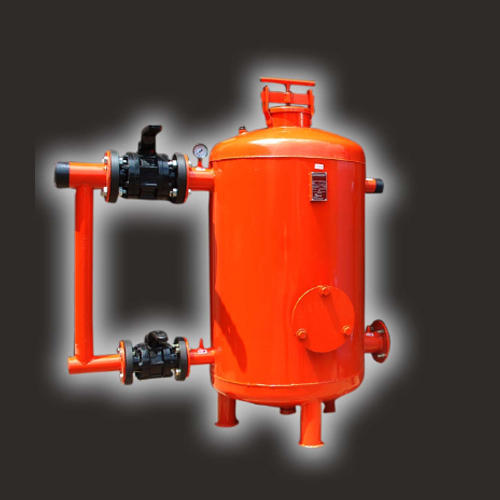
A sand filter
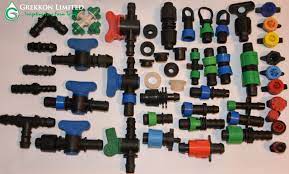
Assorted 16mm drip irrigation fittings
One-Acre Drip Irrigation Kits
FAQs
1. How much does it cost to install drip irrigation on one-acre?
- Kes 95,000. One drip row per bed crops such as watermelon 🍉, and butternut
- Kes 135,000. Two drip row per bed crops; tomato, potato, capsicums, chilies, cabbage, kales, spinach, collards, and traditional vegetables
- Kes 165,000. Three drip row per bed crops; French or green beans, strawberry, herbs, spices, onion, garlic
The number of drip rows per bed remain the same whether the crop is established in the open field, or in a greenhouse.
2. How much does drip irrigation use per acre?
Drip irrigation is the most water efficient irrigation method. The amount of water the crop needs per day on average per acre is 16,000. A farmer will irrigate according to the depletion rate to maintain this volume in the soil.
3. How do you irrigate an acre?
During installation, we divide the farm into irrigation blocks according the the water volume, and water pressure available. The farmer will irrigate a block or two at a time for 20 to 40 minutes. This is depending on the crop water need.
4. How long should you run drip lines?
For gravity flow, we run them to a maximum of 25M. For water pump driven water, this extends to 40M per block. This is because the higher the water pressure in the drip pipe, the longer it will irrigate
As the leading drip irrigation kits supplier in Kenya, our technical team advises growers on crop drip irrigation management. We provide irrigation schedules for every crop, an carry out physical site visits to engage our farmers on the ground. Beyond drip irrigation, our farmers benefit from free agronomy advice by our company agronomists across the country
5. How much drip do I need for 1 acre?
The amount of drip tape on 1 acre depends on the crop. It is
i. 8 rolls or 8,000 meters for all crops that have 3 drip lines per bed, such as; onion, garlic, French beans, strawberry, herbs, spices, and some ornamental flowers
ii. 6 rolls or 6,000 meters for two drip lines per row crop. These are; tomato, potato, capsicums, peppers, cabbage, kales, spinach, collards, and traditional vegetables
iii. 4 rolls or 3,000 meters for a single drip row per bed crops such as water melon, and butternut
6. How far can you run a drip system?
This is answered in number (4.) above
7. Which pipe is best for drip irrigation?
For main lines and sub-main lines, HDPE or PVC pipes are fine to supply water to the 16mm diameter drip lines. The size of the HDPE or PVC main lines depends on the acreage. The larger it is, the greater the pipes diameter so as to carry more water to the drip lines
8. Can you bury drip irrigation piping?
Yes if the emitters are specially designed for sub-surface drip irrigation. The width and emitters are different from the normal common surface drip tapes. We supply sub surface drip irrigation pipes on order from Kes 25/M
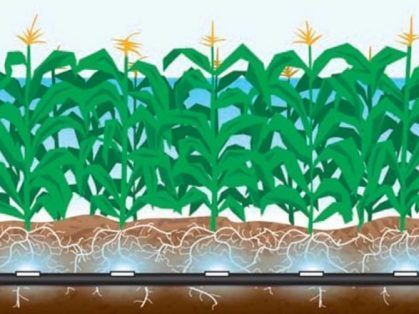
Sub-surface drip irrigtaion in maize pictorial
9. What are the 2 main types of drip irrigation?
9.1. Surface drip irrigation which is the most common method of drip irrigation, and less costly. The drip line is laid on the soil surface, next to or near the plants’ base. There is water loss via evaporation, and it is easily damage during mechanical field activities, degrades faster from solar radiation and is prone to theft
9.2. Sub-surface drip irrigation. This drip line is buried under the soil to provide water from below. It requires a special drip pipe, and emitter. It is more expensive and requires a higher level of technical skill to install. The key advantage is that zero water is lost to evaporation, less prone to mechanical and solar damage, and the system is not exposed to theft
10. How many drippers can you have on one line?
It depends on the water pressure, but on average 30 emitters
11. How much water does drip irrigation use per acre?
An acre requires 16,000 liters on average per drip irrigation session. To arrive at this, we consider; the total length of drip irrigation pipes installed, the emitter spacing, discharge rate of the emitter, and length of irrigation.
For instance: If an acre has 8,000 meters of drip tape with an emitter spacing 15cm, has 6,667 emitters. If each emitter discharges 1.5 litres per hour, then in one hour, the farm will have received 10,000 litres in one hour. So to attain 16,000litres, drip irrigation will be in 96 minutes or 1.6 hours
I love this article - since it is really useful!
ReplyDelete